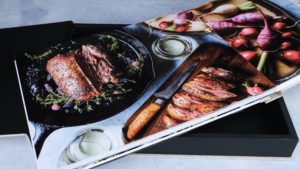Printing a portfolio is one step every photographer will do at some point in their career no matter what genre they shoot in. So with that being said, I want to share with you a deeper dive into the process behind printing a portfolio. Tough topics like layout, choosing good portfolio printers (not just the…
